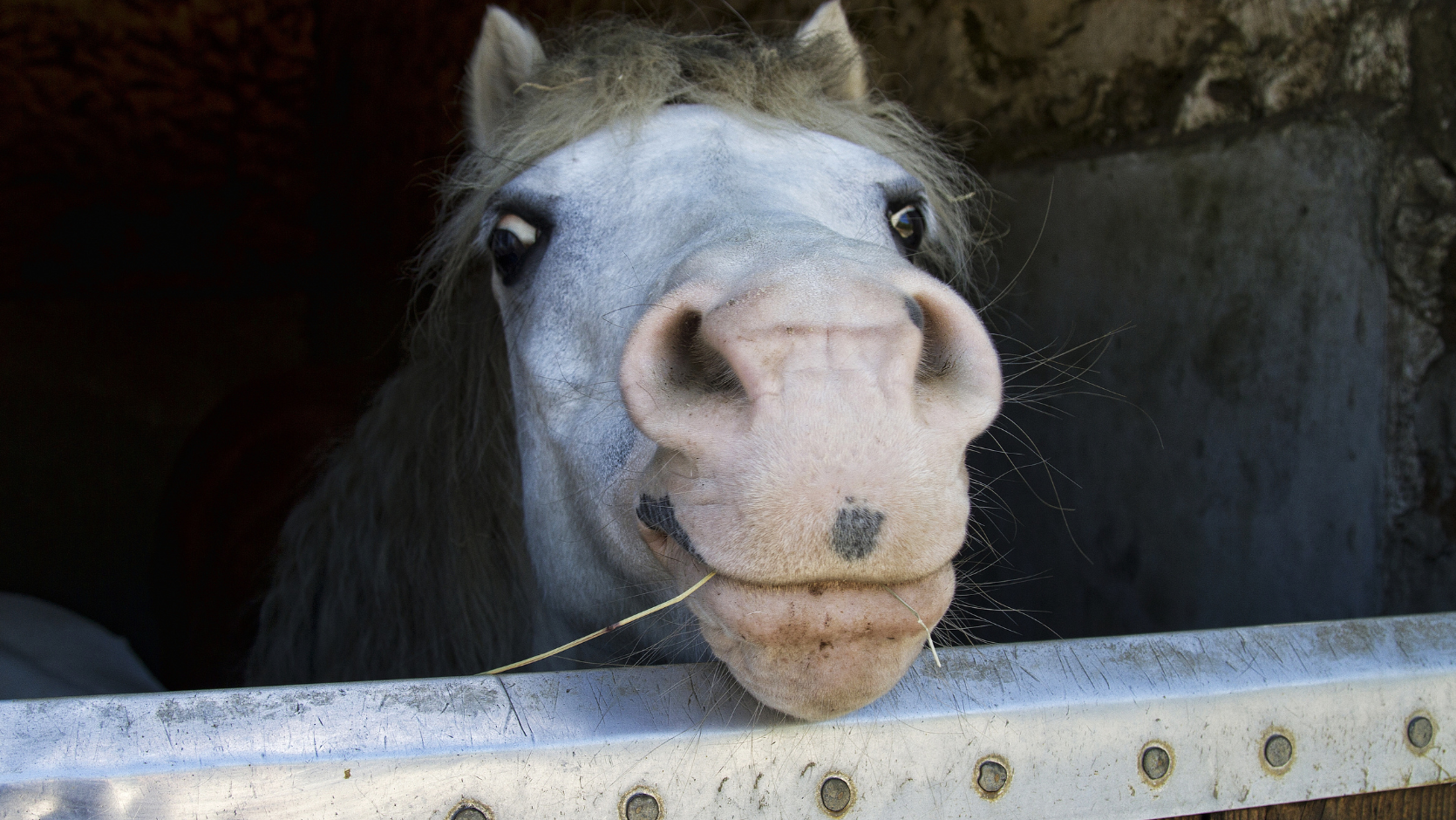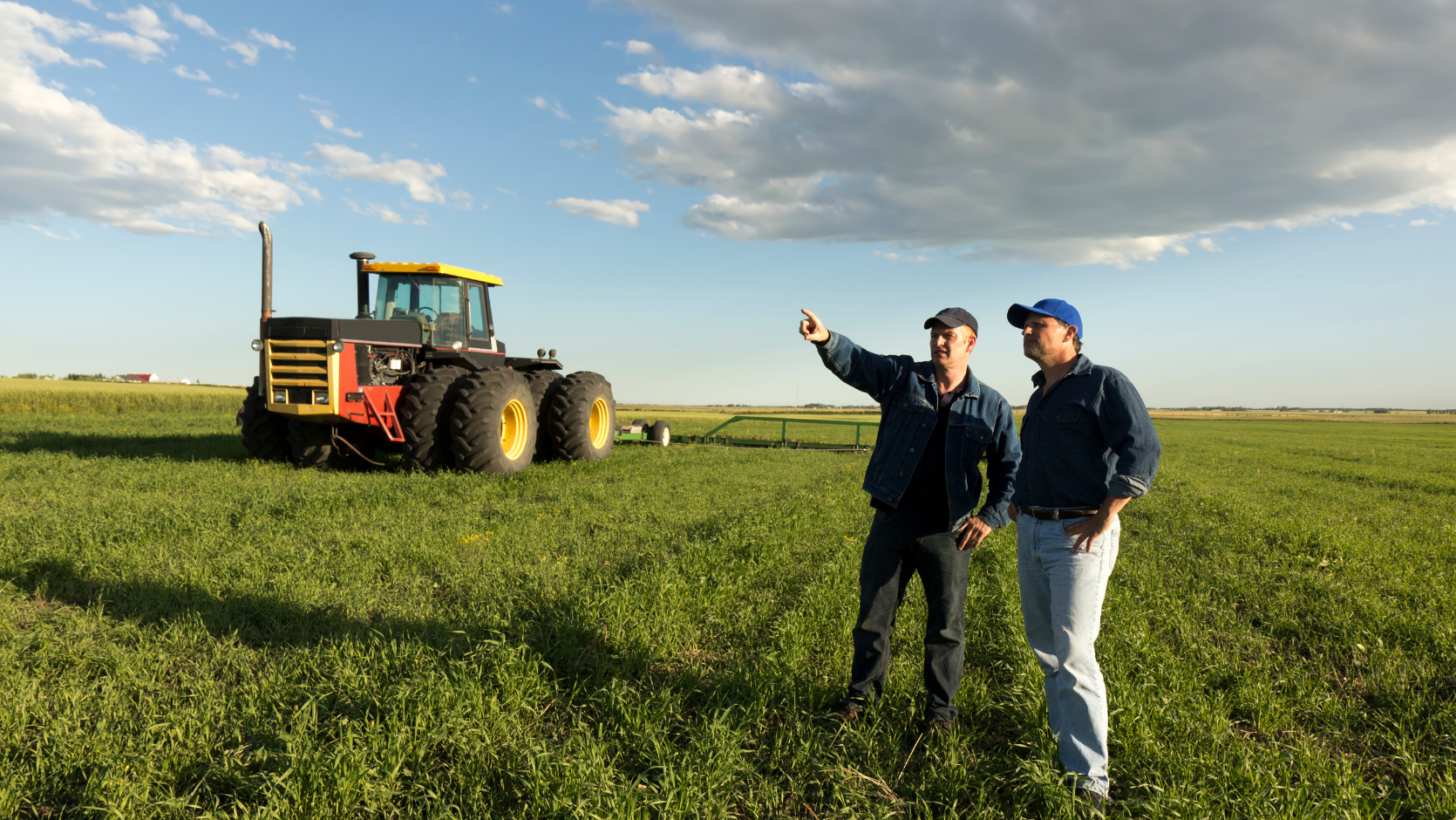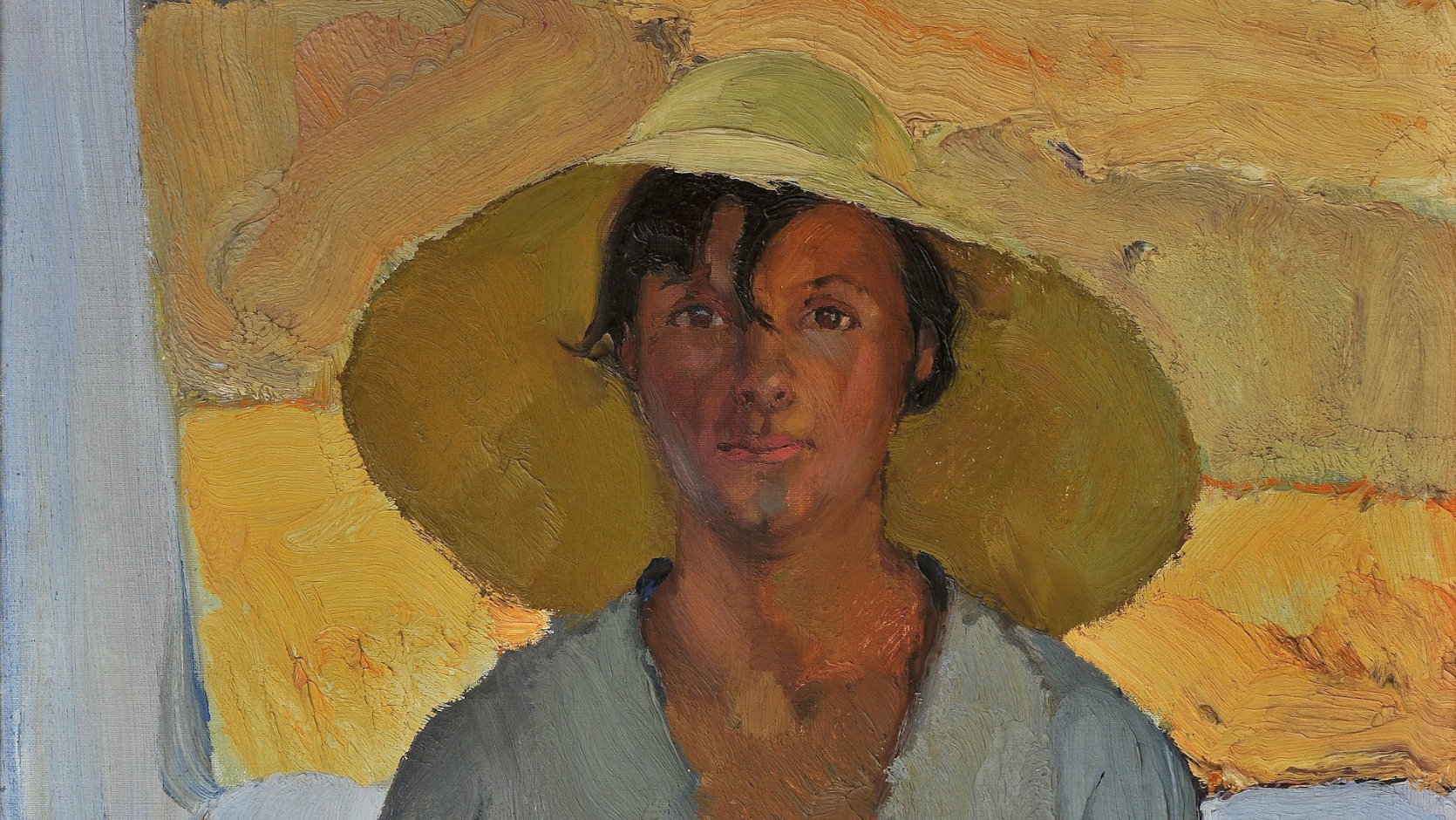The Facts
Sydney manufacturer develops superior fencing panels
A case heard in the Federal Court in 2013 concerned a registered design belonging to a manufacturer of steel fencing panel sheets used in backyard fencing.
The manufacturer, Gram Engineering, had ridden the boom in home swimming pool construction and the do-it-yourself backyard improvement wave by developing a product that was superior to other types of steel fencing on the market at that time.
The GramLine fencing sheets had a sawtooth or zig-zag profile with six pans or modules per sheet. The particular advantage of GramLine fencing sheets was that they looked the same from both sides, so there was no “good side” or “bad side”, as was the case with existing products on the market.
Popularity and market share of GramLine panels
GramLine fencing panels were launched in September 1995 and quickly became very popular. By 2002, Gram Engineering had around 35% of the national fencing market and at least 50% of the market in New South Wales. Gram Engineering sourced its raw product from BlueScope Steel.
In 2002, BlueScope Steel launched its own sawtooth fencing panel sheet under the brand name “Smartascreen”. Gram Engineering sued BlueScope for infringement of its registered design.














Expert commentary on the court's decision
“Fraudulent” or “obvious” imitation of registered design
In the case Gram Engineering Pty Ltd v BlueScope Steel Ltd [2013] FCA 508, the court found in favour of the smaller manufacturer, Gram Engineering.
Gram Engineering’s claim hinged on section 30(1)(a) of the Designs Act 1906, which deals with “fraudulent” or “obvious” imitation of a registered design.
An obvious imitation is something which is very close to the original design, so that the resemblance to it is immediately apparent to the eye. This is a purely visual test, not one based on mathematical measurement.
Prior art and novelty of GramLine design
In its defence, BlueScope claimed that the GramLine design should not have been registered because it was not novel or original.
To support this argument, BlueScope presented the court with the “prior art” – that is, evidence to demonstrate that the GramLine product was already known at the time its design was registered.
BlueScope referred to several products which were in existence before GramLine appeared on the market and which BlueScope said had common features with the GramLine fencing panels. These were a variety of roofing materials, siding panels and cladding products.
However, the court found that none of the prior art relied on by BlueScope had the same combination of six modules per sheet with the proportions and angles that distinguished the GramLine fencing panels.
Obvious imitation of Gram’s registered design by BlueScope
The court concluded that the design of the GramLine panels was original, special and distinctive, and that Gram Engineering was entitled to register that design.
Further, the court determined that the sawtooth profile of the GramLine fencing panels was its dominant feature and that BlueScope had applied an obvious imitation of Gram Engineering’s design in creating its Smartascreen fencing panels.